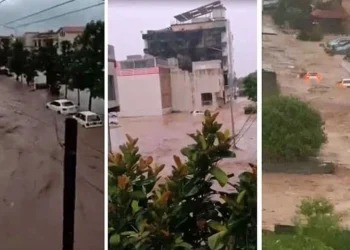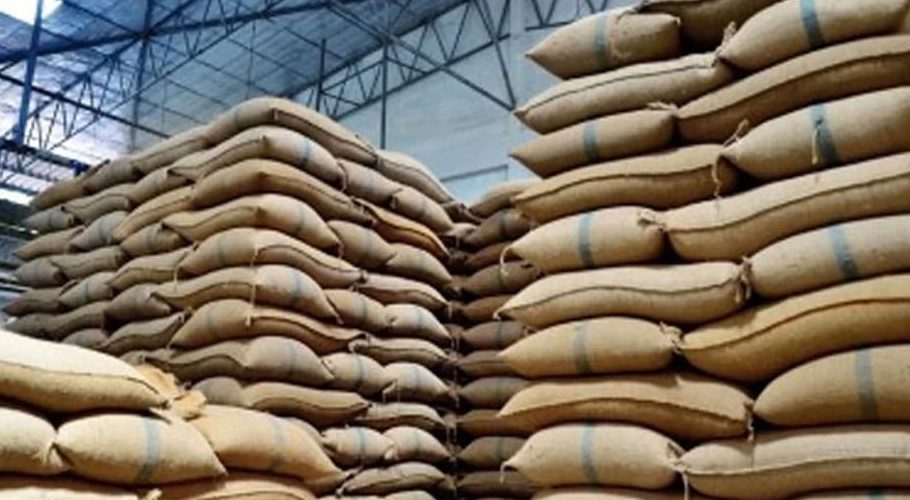ISLAMABAD: Moody’s Investors Service (Moody’s) on Thursday downgraded the government of Pakistan’s local and foreign currency issuer and senior unsecured debt ratings to Caa1 from B3 after seven years.
Moody’s has also lowered the senior unsecured MTN program’s rating from (P) B3 to (P) Caa1. The prognosis is still gloomy.
In the wake of the disastrous floods that have struck the nation since June 2022, the decision to lower the ratings to Caa1 is motivated by increased government liquidity, external vulnerability risks, and higher debt sustainability risks.
The floods have significantly increased the requirement for social spending while also making Pakistan’s liquidity and external credit problems worse. Government revenue has also been negatively impacted.
According to the rating agency, Pakistan’s long-standing credit weakness of extremely weak debt affordability would continue for the foreseeable future.
The Caa1 rating reflects Moody’s view that Pakistan will remain highly reliant on financing from multilateral partners and other official sector creditors to meet its debt payments, in the absence of access to market financing at affordable costs. In particular, Moody’s expects that Pakistan’s IMF Extended Fund Facility (EFF) program will remain in place and provide an avenue for financing from the IMF and other multilateral and bilateral partners in the near term.
The negative outlook captures risks around Pakistan’s ability to secure required financing to fully meet its needs in the next few years. Elevated social and political risks compound the government’s difficulty in implementing reforms, including revenue-raising measures that would improve the country’s fiscal position and alleviate liquidity stresses.
The floods will also raise Pakistan’s external financing needs, raising the risks of a balance of payments crisis. Pakistan’s weak institutions and governance strength adds uncertainty around whether the country will maintain a credible policy path that supports further financing. The negative outlook also captures risks that, should a debt restructuring be needed, it may extend to private sector creditors.
The rating agency added that the floods had significantly worsened Pakistan’s economic outlook in the short and medium term. According to government estimates, the economic damage caused by the floods is expected to be around $30 billion (10% of GDP), which is far more than the anticipated $10 billion damage caused by the 2010 floods, which were up until this point the worst flooding occurrence in the nation.
From a pre-flood projection of 3–4%, Moody’s has reduced Pakistan’s real GDP growth for fiscal 2023 (the year ending in June 2023) to 0–1%. All sectors will be impacted, but the impact on the agriculture sector, which accounts for around 25% of the economy, would probably be more severe. Moody’s anticipates growth as the economy recovers from the floods.
The supply shock due to the floods will increase prices further, at a time when inflationary pressures are already elevated. The monthly inflation rate averaged 25 per cent from July-September 2022. Moody’s expects inflation to pick up to 25-30 per cent on average for fiscal 2023, compared to a pre-flood estimate of 20-25 per cent.
It went on to say that payments would rise from 40% of government revenue in fiscal 2022 to nearly 50% in fiscal 2023 before levelling out for the ensuing several years. The government’s ability to repay its debt and meet the population’s basic social spending demands will be further hampered by a substantial portion of revenue going toward interest payments. The government’s debt as a percentage of income is extraordinarily high in fiscal 2022, at nearly 600%, due to the limited tax base. Despite a more modest debt-to-GDP ratio of 65-70 percent in fiscal 2023, Moody’s anticipates this ratio to increase further to 620-640 percent in fiscal 2023, significantly higher than the median of 320 percent for Caal-rated sovereigns.



































